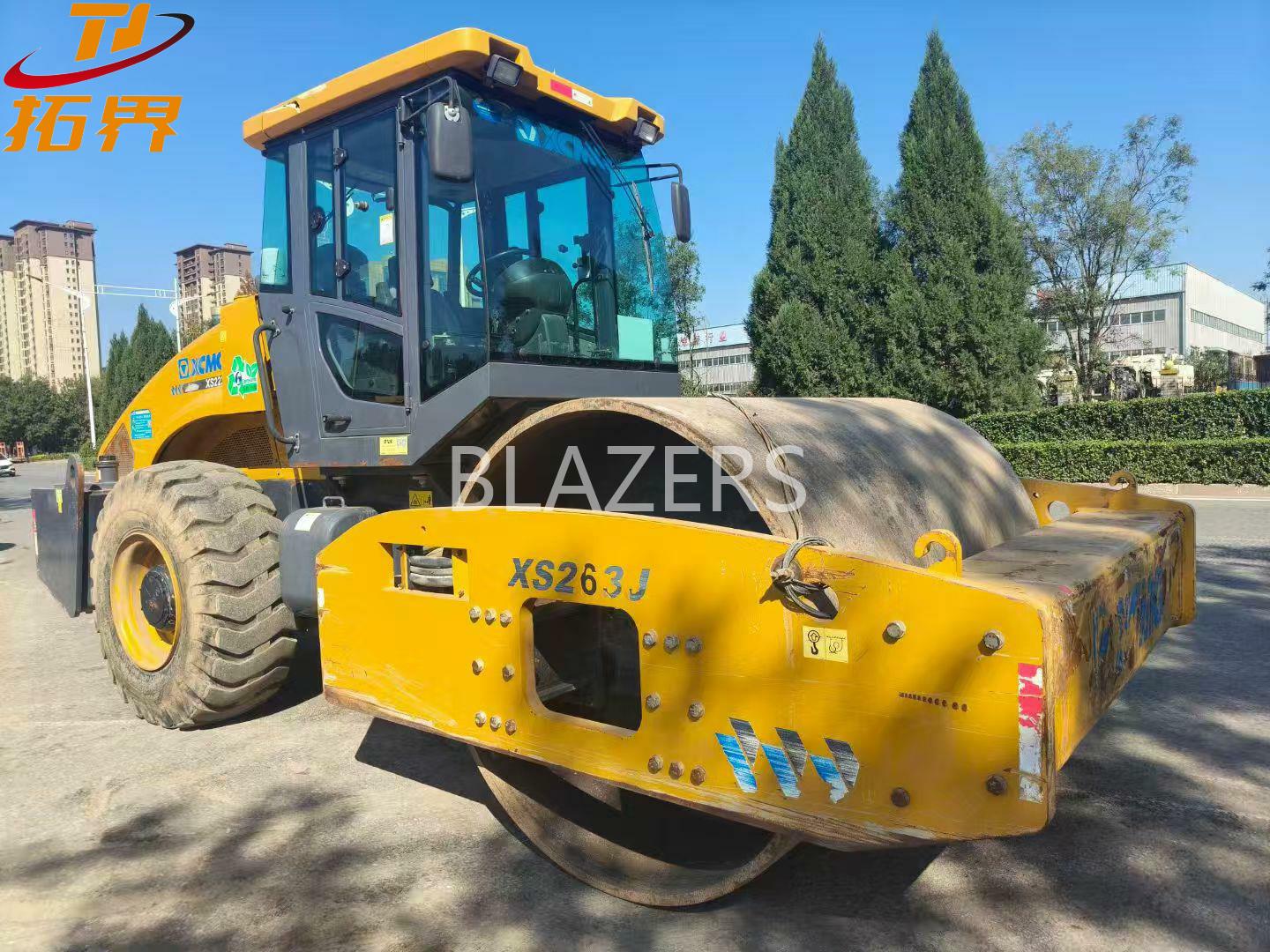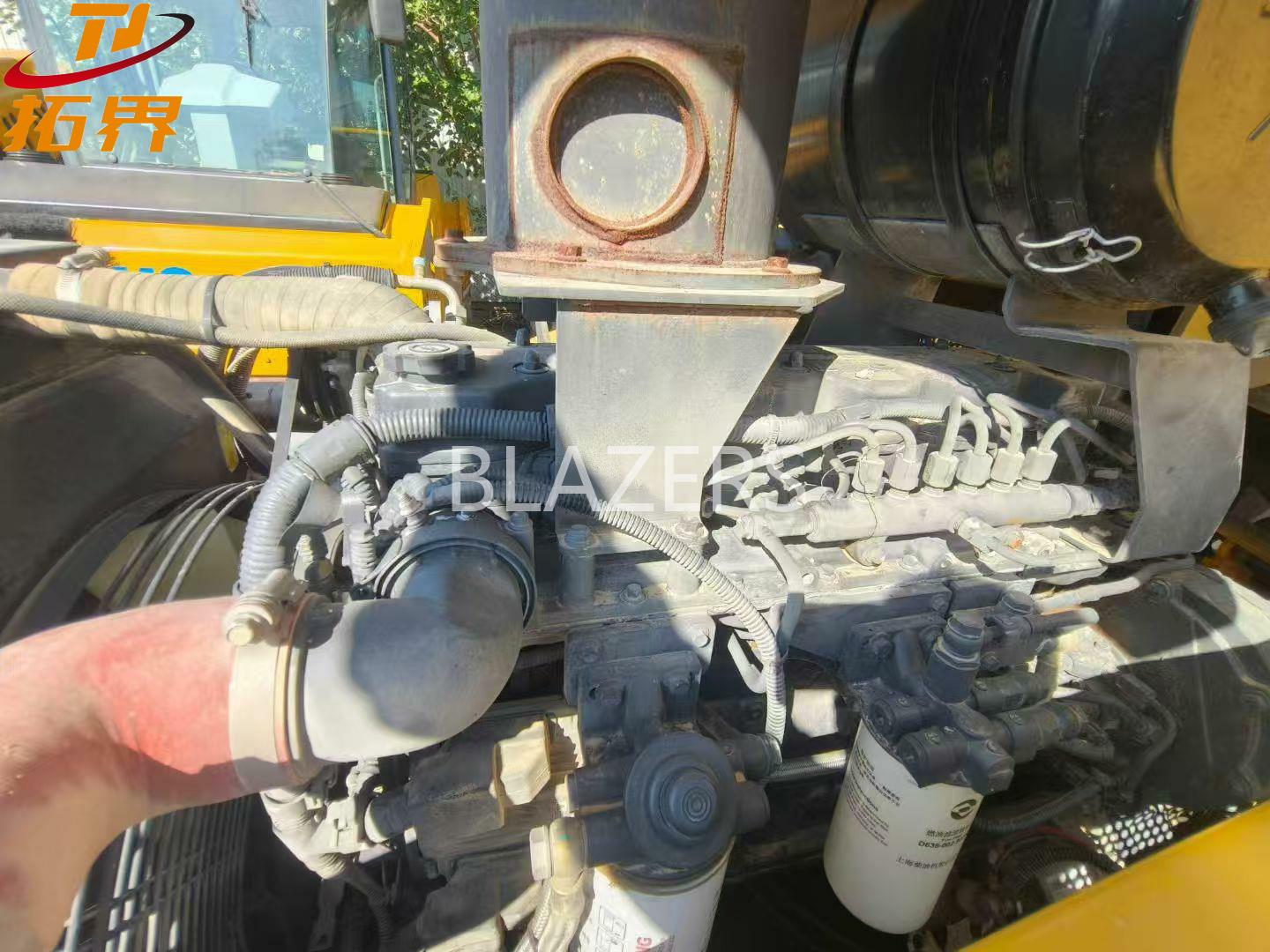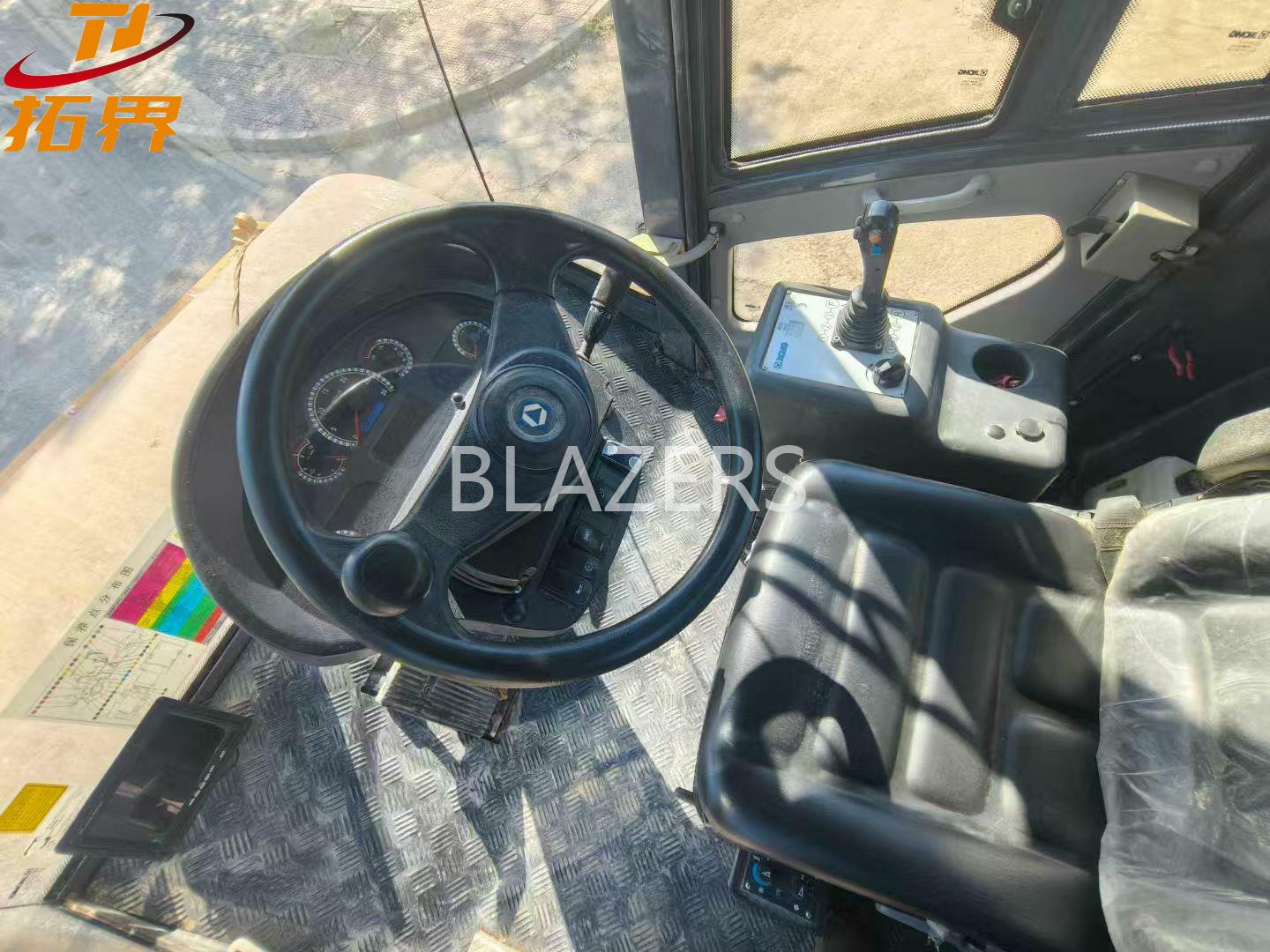The XSG263J road roller produced by Xuzhou Machinery adopts a high-power engine and high-frequency vibration technology, resulting in a significant improvement in compaction efficiency. It is equipped with an intelligent control system and a human-machine interaction interface, ensuring both precise operation and comfortable driving experience.
About 22-ton XCMG XS263J large-road roller
Narrate
The 2020 second-hand XCMG XS263J road roller performed exceptionally well, with stable overall operation. Equipped with an efficient high-power engine and high-frequency vibration technology, its compaction efficiency remained above 85%, ensuring fast and reliable operation. The intelligent control system and human-machine interaction interface were in good condition, with precise and comfortable operation. With proper maintenance, the core components suffered only slight wear, making it suitable for road construction, airport runways and other compaction projects, and offering high cost-effectiveness.

Action now and embark on your journey to efficient engineering!
We will never lower our quality standards. We strive for personalized customization to achieve excellence.
If you are looking for a reliable and durable second-hand road roller,please don't let the low price influence your judgment. Choosing us means investing in proven security.
Contact us immediately to obtain the following services:
- Free equipment assessment
- Customized solution quotations
-Let us build a road roller with utmost care for you,which according to your specific requirements.The roller will help you realize your engineering vision and conquering global projects.

XCMG XS263J Specificaion
Operating weight: 22,000kg
Drum distribution mass: 14.5 tons
Drum dimensions: Ø1,400×2,150mm
Minimum ground clearance: 280mm
Engine: Yuchai YC6B125-T31 (High-altitude edition)
Rated power: 92kW @ 2200rpm
Peak torque:580N·m @ 1600rpm
Dust removal fan speed: ≥2500rpm (For tropical dusty conditions)
Frequency: 35Hz | 28Hz
Amplitude: 0.9mm | 1.7mm
Centrifugal force: 280kN | 320kN
Applicable layer thickness: 50-100mm | 300-500mm
Gradeability: ≥42% (With slope assist braking)
Turning radius: Outer edge ≤6.3m (Articulation angle ±25°)
Tank capacity: Fuel tank 260L / Hydraulic oil 120L

Daily Maintenance Checklist for Road Roller
Inspect engine oil, hydraulic oil, transmission oil, and coolant levels (using dipstick or sight glass); fuel tank level. In hot weather (like current summer), coolant inspection is particularly critical to prevent engine overheating and shutdown.
2. Inspect Filters & Air Intake System
Check the cleanliness of air filter, fuel filter, and hydraulic oil filter; inspect air intake system for blockages. Lightly tap the air filter to remove dust (replace if severely dirty); ensure the filter element is undamaged. This step prevents contaminants from entering the engine, reducing 80% of early wear risk. At dusty construction sites (e.g., roadwork), daily air filter cleaning significantly enhances equipment efficiency.
3. Inspect Ground Contact Components & Brakes
Check tire/steel wheel pressure and wear (using tire pressure gauge); brake fluid level and braking performance (test by pedal depression); tightness of steel wheel or tire bolts. Daily inspections identify potential issues (e.g., loose bolts), preventing downtime repair costs.
4. Clean Machine & Check Fasteners
Remove mud, asphalt residue, and water stains from the roller’s surface; inspect critical fasteners (e.g., engine mounts, roller connection bolts). Clean with a soft brush or low-pressure water jet to avoid damaging electrical components. Post-cleaning, a tidy appearance improves heat dissipation. During rainy seasons, cleaning prevents corrosion, extending equipment life by 5+ years.
5. Operational Test
Start the equipment; check dashboard indicators (e.g., oil pressure, battery voltage); listen for abnormal noises/vibrations; test steering and compaction functions. Limit runtime to 2–3 minutes; stop immediately for troubleshooting if warning lights activate. Daily tests enable early fault detection (e.g., hydraulic system noise), reducing 30% of unexpected repair costs.